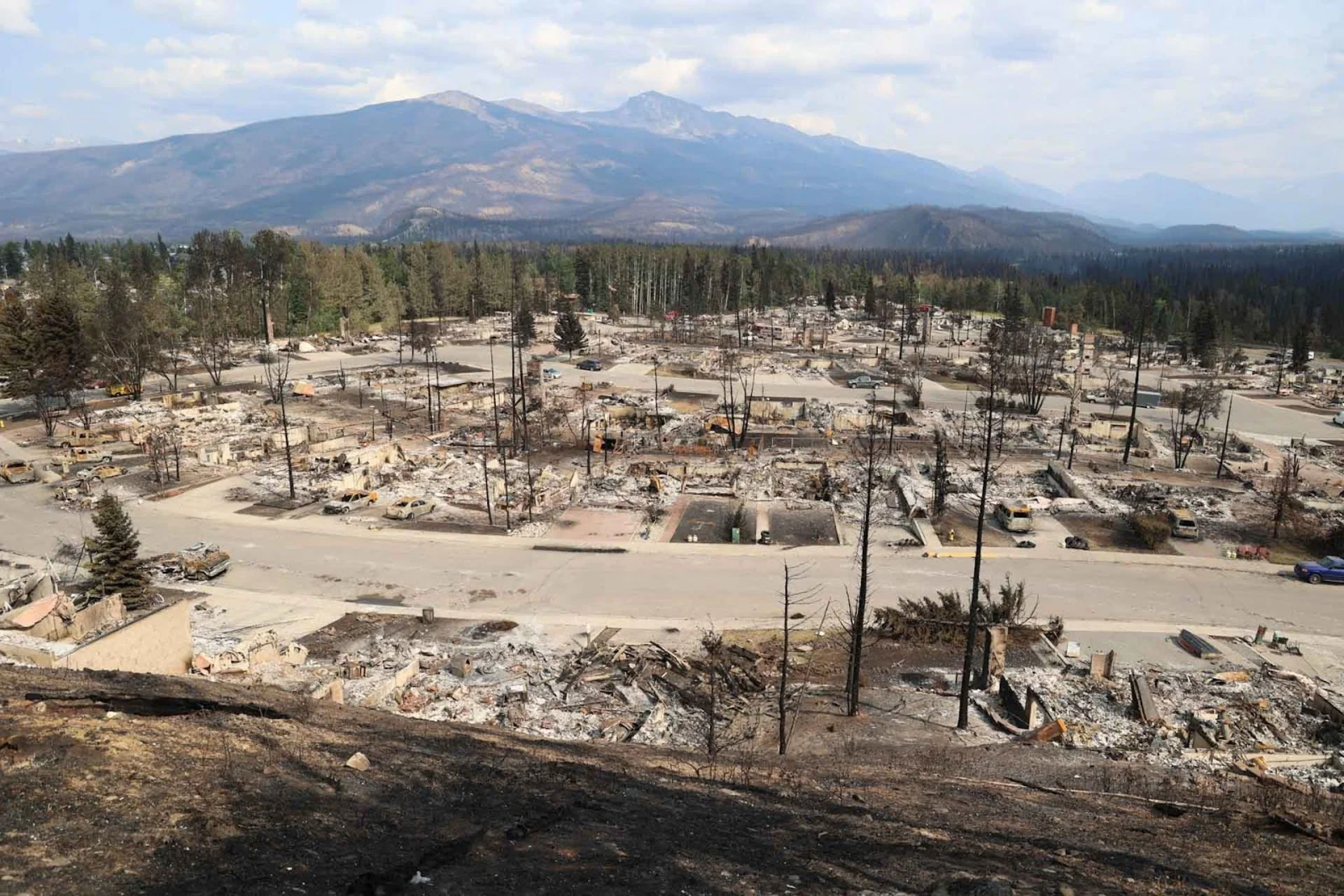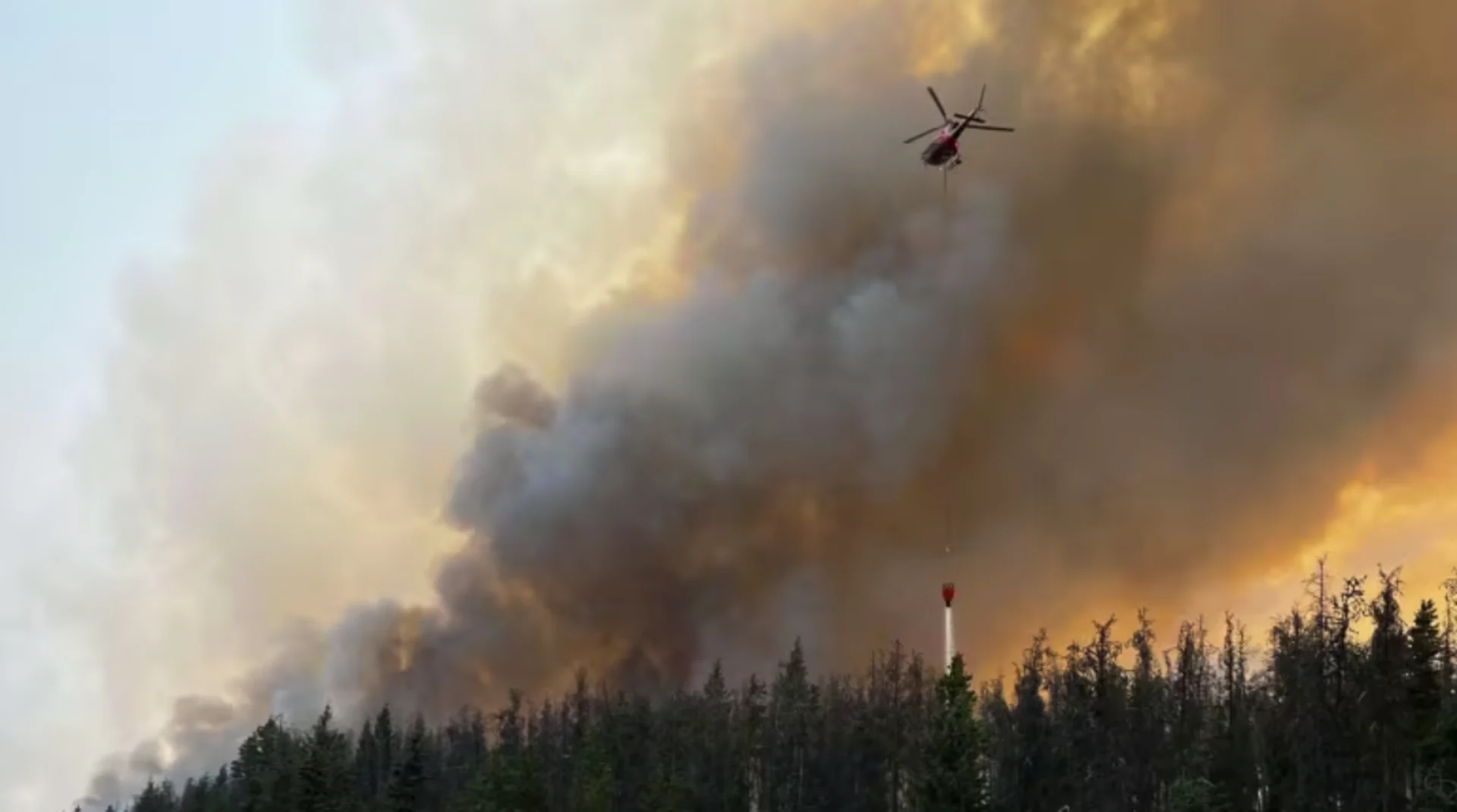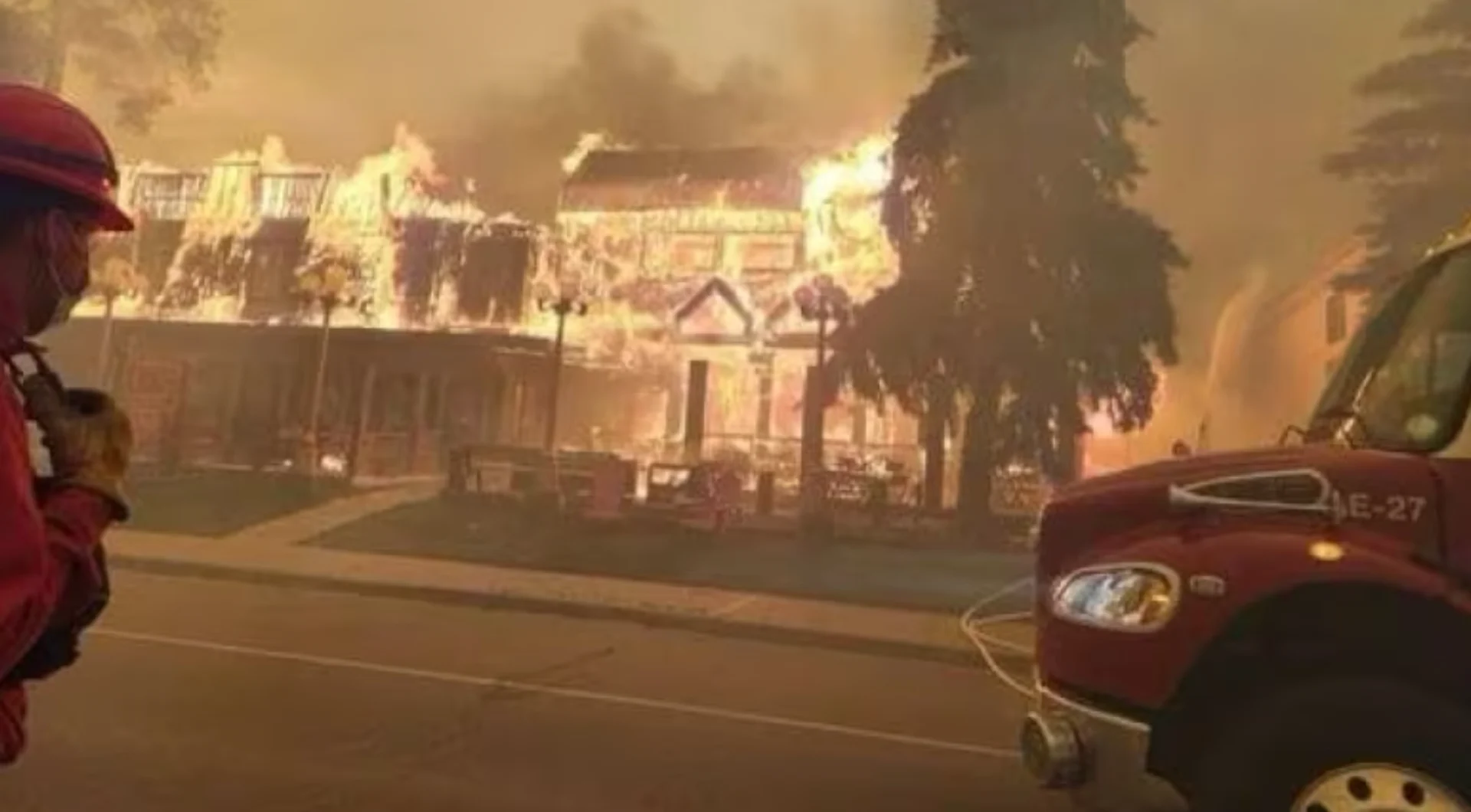
Jasper residents to return on Friday after wildfire forced mass evacuation
Three weeks since a wildfire forced a mass evacuation of Jasper National Park, thousands of people forced from their homes will be allowed to return to the town on Friday.
As officials announced the date during a Monday news conference, they cautioned that not everyone will want — or be able — to stay in the community, while warning the homecoming will be the start of a daunting ordeal.
"Re-entry into the municipality will pose challenges to those who have lost their homes, businesses and treasured places," said Jonathan Large, incident commander with Parks Canada, during Monday's news conference.
CANADA'S WILDFIRES: Visit The Weather Network's wildfire hub to keep up with the latest on the active wildfire season across Canada.
"We hope that this first step brings some hope to the community."
All residents and business owners will be allowed to enter the park starting at 7 a.m. Friday morning when Highway 16 opens for the day.
'Reconnaissance mission'
However, residents were warned that accommodations and services in the town would be limited and even the homes that weren't damaged may not be habitable.
"It's more about a reconnaissance mission almost, if you will, to go see what's there," said Christine Nadon, incident commander with the municipality of Jasper.

The wildfire south of Jasper's townsite that prompted an evacuation order. (Submitted by Trina Pelland Taylor)
"You might be able to stay, but you might not. And for anyone who has a house on the west side, there's a greater chance of internal damage to the property."
Residents can choose to move back to the community — but should not assume they will want to spend the night, even if their properties are intact, she said.
Many buildings that remain standing in the hardest hit areas of the townsite were severely damaged by the smoke and flames, she said.
Nadon said everyone can come back at once but there are no resources or accommodations in place for people who lost their homes.
She encouraged people to use their first hours and days in the community to assess the damages and plan for any necessary repairs and insurance claims. She urged people to wait a few days before coming into town, if possible.
"You can't count on spending your first night in Jasper," Nadon said.
"If there is a home standing, there could be significant damage on the inside ... and for those who don't have homes anymore, they are welcome to come and look at the site but obviously should plan to stay somewhere else."
Emergency services have been restored and critical services are in the final stages of being set up. Officials are still working to establish critical retail services, including gas and grocery stores.
Water, power and natural gas services to damaged areas remain spotty, retail and fuel services are limited, and health-care services will be limited to the local emergency room and EMS, officials said.

The Maligne Lodge hotel is one of the structures that burned in Jasper, Alta., after a wildfire reached the townsite. (Submitted)
Returning residents will need to be prepared to be as self-sufficient as possible, they added.
"Whether it's habitable or not is up for them to determine," Nadon said of returning residents. "All we're saying is, there is no risk to public safety so we're not going to keep them away from their properties."
A re-entry guide, published Monday by the municipality, details some common challenges that will await returning residents including homes soiled with hazardous soot and mould, rooms polluted by smoke and ash, and rancid fridges filled with spoiled food.
In hardest-hit neighbourhoods, services are especially limited. Gas service has not been restored to all homes, while water may not be potable or may not be available at all, Nadon said.
DON'T MISS: Blazing Arctic temperatures continue to feed fires in Canada's north
A state of emergency within the municipality remains in effect. The evacuation order in effect throughout the park will likely be downgraded to an evacuation alert and residents who return need to be prepared to leave at a moment's notice if the risk of the flames flares once again, officials said.
There is no restriction preventing visitors from entering the park but campground, trails and day-use areas will remain closed for the time being.
Officials have cautioned that a return will ultimately hinge on the activity of the wildfire, which remains volatile and will continue to burn for months.
On Monday, Parks Canada confirmed the wildfire is no longer an imminent threat to the townsite but added it will take time for the national park to be fully accessible. Risks include ash pits, reduced air quality, damaged trees and hazardous waste, officials said.

Restoring critical businesses, such as gas stations, are part of the requirements for re-entry to Jasper. (Josh McLean/CBC)
As residents begin to sift through the ashes, tourists are being urged to give the community time.
"I would suggest for any visitors who are interested in coming, maybe give Jasper residents and businesses a few days to see the damages for themselves and give them a chance to re-establish their service levels," Nadon said.
Efforts are underway to reconnect park visitors with personal items, including travel trailers and camping gear, that were left behind during the evacuation.
Evacuation orders were issued July 22 at about 10 p.m. as the flames from fires burning to the north and south of Jasper moved dangerously close to the townsite.
Within hours, 20,000 visitors and 5,000 town residents were forced out of the national park.
Less than 48 hours later, the flames from the south fire moved in, eventually merging with the northern fire, incinerating entire neighbourhoods.
About one-third of the buildings in the townsite — 358 of 1,113 total structures — were destroyed. While entire streets were razed, buildings housing key infrastructure including the hospital and water treatment plant, were saved.
SEE ALSO: Perseids and vibrant auroras shine bright across Canada and globally
As of Monday, the northwest end of the fire — the portion of the blaze that poses the greatest threat to the community — is now considered 99 per cent contained or controlled, up from 89 per cent contained the day before.

Journalists survey the scene in the town of Jasper, Alta., on Sunday where a destroyed building is seen down the street from structures that are untouched. (Josh McLean/CBC)
The fire that devastated Jasper is part of a cluster of fires still burning out of control in the national park. It now spans 33,000 hectares, but recent rain and cooler temperatures have helped crews tame the most dangerous parts of the blaze.
Work in reconnecting essential services to gas, water and electricity progresses, restoration of residential services could take up to three weeks or more, Parks Canada said.
Information sessions are being organized to help residents navigate some of the logistical challenges of re-entry, following their return, the agency said.
In a statement, Mayor Richard Ireland — who lost his own home to the wildfire — expressed relief and gratitude that 22 days after evacuation orders were issued, residents are returning home.
Ireland thanked first responders and firefighters for their resolve in fighting the fire, and his constituents for their resolve as they face the daunting task of rebuilding what was lost.
"We know that the losses to which we return have not fallen equally," Ireland said. "We must return united in recovery."
Thumbnail image credit to Parks Canada.
This article, written by Wallis Snowdon, was originally published for CBC News on Monday, Aug. 12, 2024.










